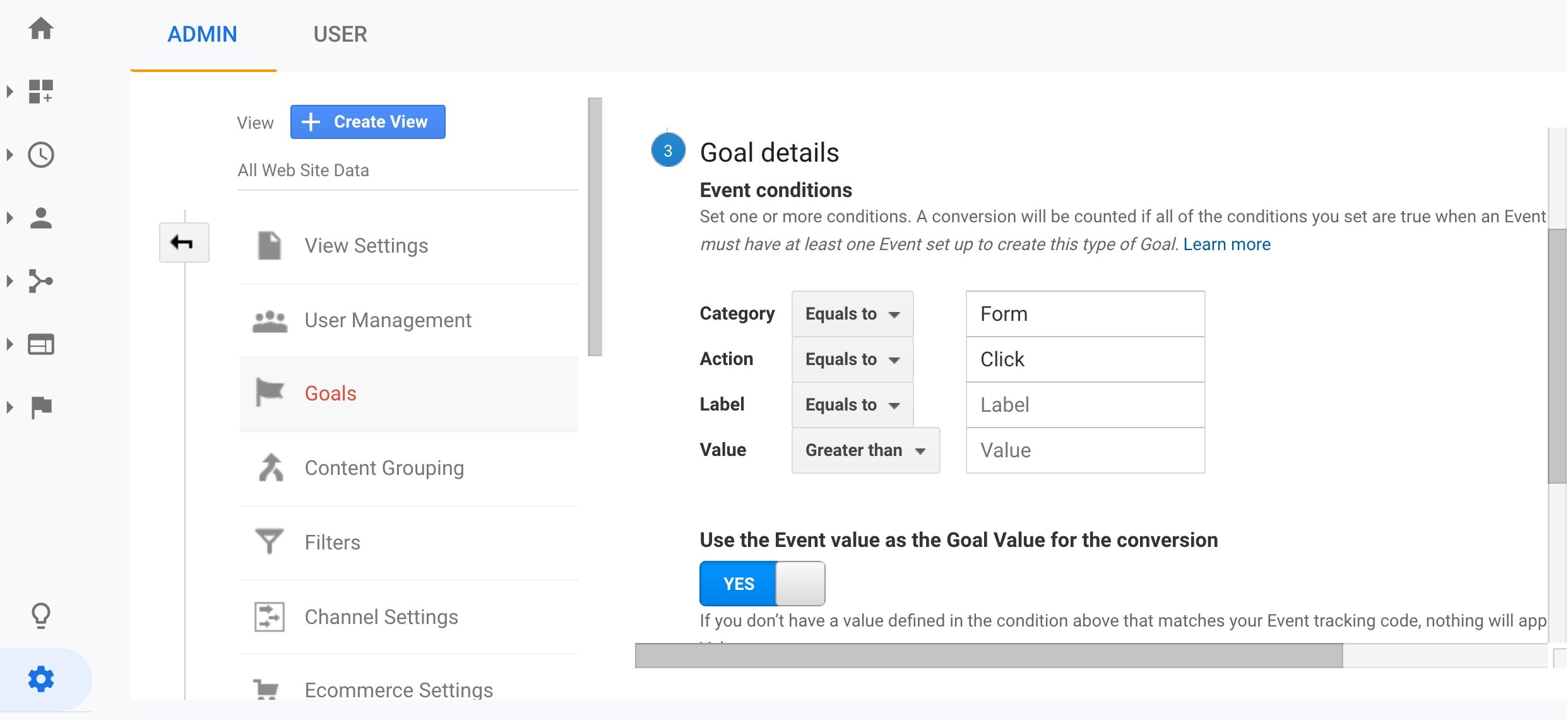Comprehensive List of What Data Is Google Analytics Goals Unable to Track
Comprehensive List of What Data Is Google Analytics Goals Unable to Track
Blog Article
Introducing the Blind Spots: Comprehending What Google Analytics Goals Can not Measure
In the world of digital analytics, Google Analytics stands as a powerful device for tracking and evaluating online individual communications. However, amid its robust abilities, there exist unseen areas that typically evade dimension. Recognizing what Google Analytics goals can not determine is critical for acquiring a comprehensive sight of individual habits and interaction. As we explore the ins and outs of these dead spots, we discover a complex internet of undiscovered territories that hold important understandings right into individual activities and inspirations, difficult conventional knowledge and shedding light on the restrictions of our data-driven understanding.
User Actions on External Operatings Systems
Recognizing exactly how individuals communicate on exterior platforms is vital for maximizing online approaches. Outside systems, such as social networks networks, referral internet sites, and on-line forums, play a considerable role in driving traffic to a company's internet site. By analyzing user actions on these systems, organizations can obtain important understandings into the efficiency of their marketing initiatives and the choices of their target audience.
One secret aspect of user actions on outside platforms is the recommendation source. By tracking where the individuals are originating from, businesses can recognize which systems are driving the most traffic to their internet site. This info can help firms allot their sources extra effectively, concentrating on the platforms that yield the very best outcomes.

Offline Communications and conversions
Assessing customer behavior on outside platforms offers beneficial understandings right into online strategies; nevertheless, thinking about offline conversions and communications is similarly important for an extensive understanding of a firm's total performance. Offline conversions, such as in-store purchases or phone inquiries, play a considerable function in lots of companies' success.

Attribution Beyond Last Click
When delving into the world of electronic advertising analytics, it becomes necessary to look past the single touchpoint of the last click for a much more comprehensive understanding of acknowledgment. While Google Analytics gives useful understandings right into customer actions, depending solely on last-click attribution can be restricting - what data is google analytics goals unable to track. Attribution designs that exceed the last click offer an extra nuanced view of the customer journey, taking into consideration blog here all the touchpoints that result in a conversion
Acknowledgment past the last click allows marketers to assign credit scores to numerous interactions along the conversion course, giving a clearer photo of the efficiency of various marketing channels. By exploring multi-touch attribution models such as straight, time decay, or position-based attribution, businesses can much better assign their marketing budgets and optimize their strategies for optimal influence.
Comprehending the impact of each touchpoint in the conversion procedure is crucial for making notified decisions and making best use of ROI. By embracing acknowledgment past the last click, organizations can obtain much deeper insights right into consumer habits and tailor their advertising and marketing efforts better.
Cross-Device and Cross-Browser Monitoring

Similarly, cross-browser monitoring matches cross-device tracking by catching customer habits as they switch over between various internet internet browsers. Understanding just how users engage with internet sites on various web browsers can aid marketers enhance their on the internet experiences to ensure uniformity and capability throughout various platforms.
Qualitative Information and User Intent
Comprehending individual intent through qualitative data analysis is essential for creating targeted digital advertising techniques that resonate with the needs and preferences of the target market. Qualitative information supplies understandings right into the 'why' behind user actions, shedding light on motivations, feelings, and choices that quantitative data alone can not catch. visit their website By evaluating user comments, remarks, and communications, marketing professionals can reveal valuable details regarding user intent, permitting them to tailor their messaging, content, and offerings to much better align with what their audience is looking for.
Qualitative information additionally assists in recognizing the context in which users engage with a web site or app. This contextual understanding enables marketing experts to develop more tailored and appropriate experiences, ultimately driving greater involvement and conversion prices. By delving right into individual intent with qualitative information evaluation, businesses can get a deeper understanding of their target audience, leading to much more effective advertising methods that fulfill users' assumptions and requirements.
Conclusion
To conclude, Google Analytics objectives have restrictions in determining user habits on outside platforms, offline conversions, acknowledgment beyond last click, cross-device and cross-browser tracking, and qualitative data connected to individual intent. what data is google analytics goals unable to track. It is necessary for businesses to be familiar with these blind spots in order to supplement their information analysis with various other devices and methods to gain a more thorough understanding of their audience and boost their total digital advertising methods
By examining individual habits on these systems, organizations can gain important insights into the performance of their advertising and marketing efforts and the choices of their target audience.
Assessing user behavior on exterior platforms gives beneficial insights into on the internet methods; nonetheless, taking into consideration offline conversions and interactions is similarly necessary for a thorough understanding of a company's overall performance.In electronic marketing analytics, moving beyond last-click acknowledgment to explore cross-device and cross-browser tracking is necessary for obtaining an all natural understanding of customer interactions throughout numerous systems and tools. By examining user responses, comments, and communications, online marketers can uncover beneficial info regarding customer intent, allowing them to customize their messaging, material, and offerings to better align with what their audience is looking for.
By delving into customer intent with qualitative information analysis, organizations can get official statement a much deeper understanding of their target audience, leading to a lot more reliable advertising techniques that fulfill users' assumptions and demands.
Report this page